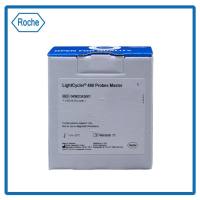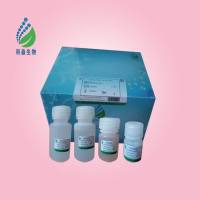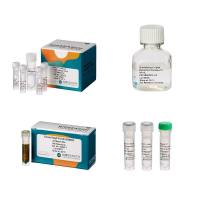It has become increasingly clear over the last decade that chromatin structure and gene regulation are intricately intertwined. Different regulatory states of a given gene are frequently accompanied by changes in nuclease hypersensitive sites and nucleosome positioning (1 –4 ). Consequently, if one is interested in determining how gene activity is established on a given promoter or enhancer, it is worthwhile to determine the nucleosome structure of DNA sequences within and surrounding the regulatory element being studied. Nuclease digestion experiments with DNaseI and micrococcal nuclease originally uncovered details of the nucleosome substructure including hypersensitivity of a particular region. Hypersensitive regions appear to lack canonical nucleosomes and are the hallmarks of active genes. One of the inherent limitations of analyses with nonspecific nucleases has been the difficulty of quantitating accessibilities. A region is judged to be hypersensitive relative to the neighboring regions analyzed in a chromatin analysis, and variations in hypersensitivity are difficult to monitor by this method. We have therefore extensively used digestion with restriction nucleases as a complementary approach. The presence of a nucleosome strongly protects the underlying sequence against digestion with restriction nucleases while transcription factors which are often found associated with DNA within hypersensitive regions usually do not, under the rather extensive digestion conditions.






